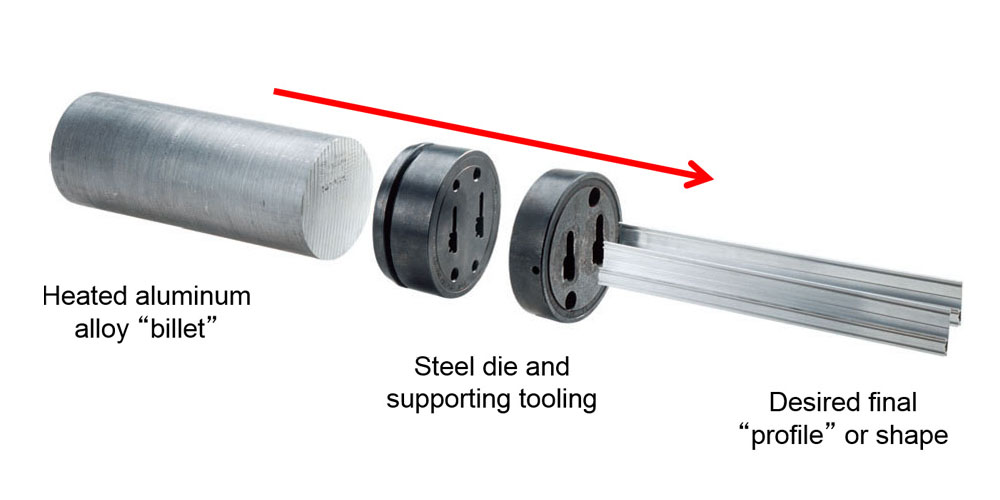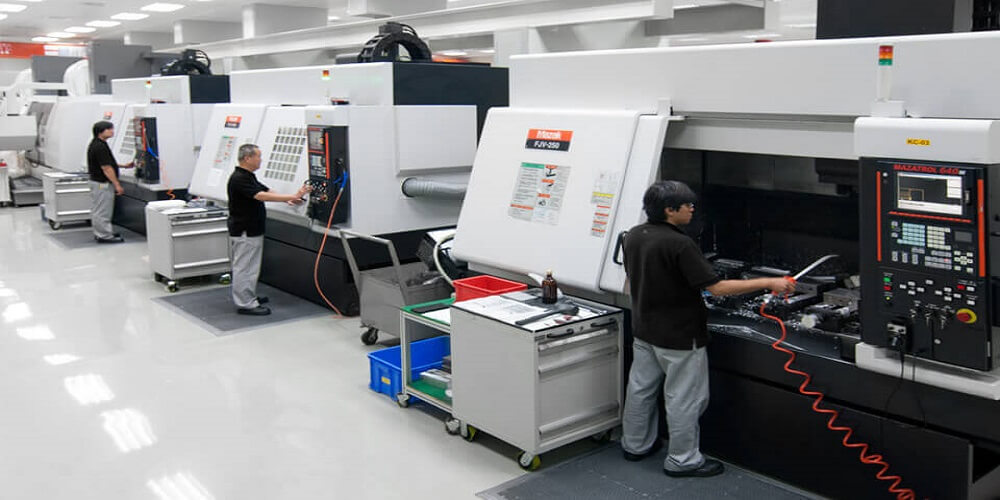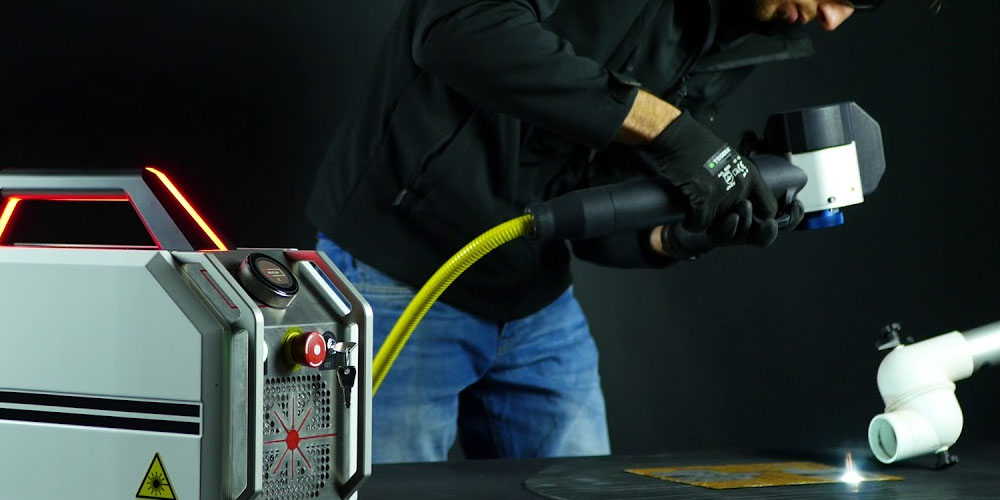There are a lot of leading aluminum extrusion manufacturers in the industry, include some companies has twenty-four years of experience in extrusions and other forms of fabrication. In this post, we look at aluminum fabrication and extrusions, and find some good extruded profile manufacturers.
Essential things you should know as a beginner in aluminum extrusions
Below are some terms you should understand before getting into the aluminum extrusions market;
What is aluminum extrusion?
Aluminum extrusions are a process where a piece of aluminum is forced around or through a die. The die can either be open or closed. Forcing the metal through the die causes it to conform to the shape and size of the die. Aluminum extrusions are one of the most common methods of aluminum fabrication.
What is fabrication?
In simple terms, fabrication is the process of transforming something from raw material or semi-finished state to a state where it is ready for use. It can also be described as the process of making something from scratch. Fabrication is the opposite of assembling most of the time, where it uses a single raw material. The raw material is typically a metal. Metal fabrication typically involves processes like cutting, molding, and shaping. One of the most popularly applied metals in this process is aluminum.
What is aluminum fabrication?
Aluminum fabrication is the technique of shaping the raw metal into a finished product, depending on the area of application. There are various techniques of aluminum fabrications. The most common ones are welding, stamping, shearing, bending, and aluminum extrusions.
Typical metals used in the fabrication process
Other than aluminum, several different types of metals can be applied in the process of fabrication. The most common ones are brass, copper, gold, iron, silver, and titanium, to name a few. More often than not, fabrication starts with the use of stock metal components. Sheet metal, metal rods, bars, and billets are the most popular stock metal components.
Why is aluminum a popular metal used in fabrication?
The popularity of aluminum can be attributed to its unique properties. For instance, it is one of the most lightweight types of metals on the market. Its weight is equivalent to a third of the total weight of iron and stainless steel. In addition to its light characteristic, aluminum also has a high strength-to-weight ratio.
Other than these two properties, aluminum’s comparative softness, corrosion resistance, and ability to be recycled or reused are also reasons for its popularity in fabrication. It is also quite popular for making food preparation machinery because of its non-toxicity. Note that all these unique characteristics make aluminum one of the most highly applied materials in a wide range of industries.
Final word
Aluminum can be fabricated using a wide range of techniques. The most common procedure is aluminum extrusions. Others include drawing, forming, casting, forging, and machining. Note that specific methods are more applicable than others. This is because some work better than others.





